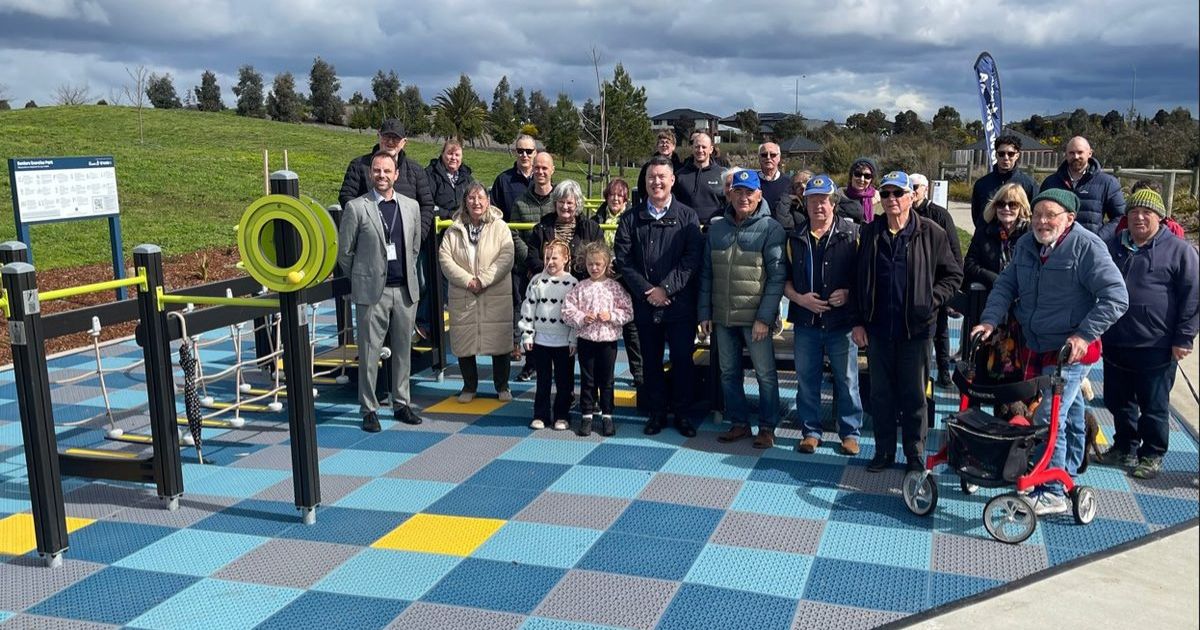Firefighting fleet is ready to take off

Get to the chopper: ‘Marty’ one of the two air-cranes that will be flying over Victoria this summer. Photos: JAMES TAYLOR
VICTORIA’S firefighters will have a record number of aircraft supporting them across the state during fire season.
The 2019-20 air firefighting fleet has been in operation for some weeks and was officially presented at Avalon Airport last week.

There will be 50 contracted aeroplanes and helicopters, one more than the previous summer, and as many as 100 other aircraft that can be called up if needed.
The aircraft on show included ‘Marty’, one of two distinctive orange Erickson air-crane helicopters that can each carry up to 7500 litres of water, and ‘Hunter’, one of two Large Air Tankers with a capacity of 15,000 litres.
The LATs will be based at Avalon Airport, while the air-cranes will be based at Essendon and Moorabbin airports.
Speaking at Avalon, Emergency Services Commissioner Andrew Crisp said 38 aircraft were working that day and 19 of those had already been tasked to support crews fighting fires.
He said the mix of fire-bombing aircraft, air supervision and air intelligence-gathering aircraft undertook about 13,000 flying hours last summer, with the large majority in Victoria’s east, 15 per cent in the west, and 4 per cent in New South Wales.
Minister for Police and Emergency Services Lisa Neville said the state was more prepared than ever for the coming fire season.
“Victoria’s largest-ever firefighting fleet will provide crucial support to our hard-working crews on the ground this summer, responding immediately to major incidents right across the state,” she said.
Yet Member for Ripon, Louise Staley has criticised where the air-cranes are based.
She said that the heavy lift helicopters were too far away from the region and that could affect response times.
“The former Liberal Government and previous Labor Governments stationed an air-crane at Ballarat that was, therefore, able to attend bushfires in Western Victoria much quicker than one stationed at Essendon or Moorabbin,” she said.


















